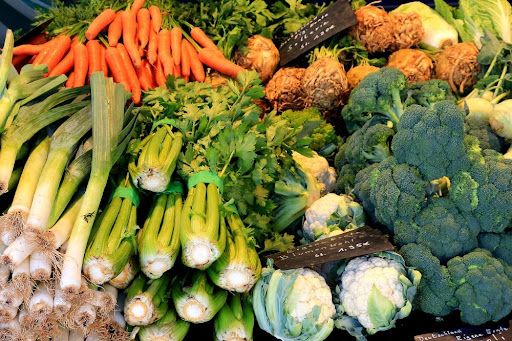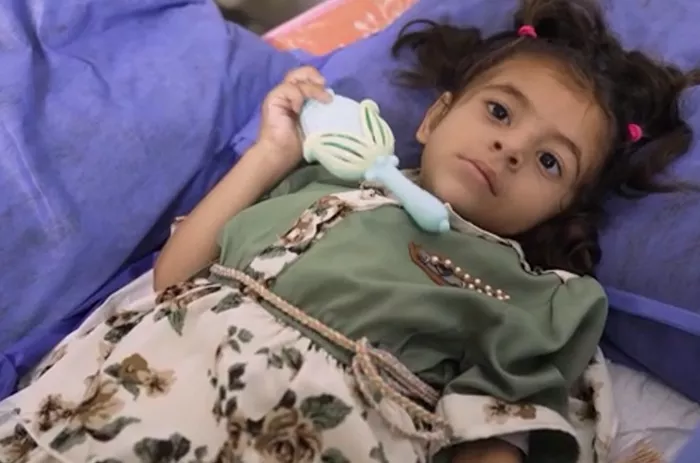As the monsoon season approaches, Nepal’s Minister of Health and Population, Pradip Paudel, has instructed all departments and agencies to ramp up preparations for potential outbreaks of infectious diseases. This directive comes amid rising COVID-19 risks and a surge in dengue cases across the country.
Minister Paudel emphasized the urgency of early action, stating, “We must begin preparations to protect people from waterborne and vector-borne diseases. Don’t wait for a disaster to strike — the rains have already started.” According to the latest seasonal forecast from the Department of Hydrology and Meteorology, temperatures nationwide are expected to be above average, and rainfall is likely to exceed normal levels between June 1 and September 30, creating favorable conditions for disease spread.
Dr. Chandra Bal Jha, Director of the Epidemiology and Disease Control Division, confirmed that all relevant agencies have been alerted to the risks and instructed to conduct “search and destroy” campaigns targeting dengue. Public awareness efforts about health risks are also underway. Additionally, rapid diagnostic test kits for COVID-19 have been distributed to health posts at border crossings to facilitate testing.
Since January 2025, 71 districts have reported over 1,100 confirmed dengue cases, with Kathmandu Valley registering the highest number, exceeding 100 cases. Dengue is transmitted by female Aedes aegypti and Aedes albopictus mosquitoes, which also spread chikungunya, yellow fever, and Zika virus, according to the World Health Organization.
Although dengue became endemic in Nepal several years ago and is no longer classified as a deadly outbreak, it remains a significant public health concern. In 2024, dengue spread to 76 districts, causing at least 15 deaths and infecting over 41,865 people. Healthcare facilities in Tanahun were overwhelmed with dengue patients last year. Experts believe reported cases represent only a fraction of actual infections, as approximately 90% of infected individuals show no symptoms, leading to underreporting of cases and fatalities.
Most dengue patients experience mild symptoms and can be treated at home with paracetamol. Experts warn that rising temperatures combined with pre-monsoon rainfall create ideal breeding grounds for the mosquito vectors. They stress that without increased public awareness, dengue transmission will continue unabated. Authorities are urged to apply lessons learned from past outbreaks and bolster healthcare capacity to prevent hospitals from becoming overwhelmed during potential large-scale epidemics.
The mosquitoes that transmit dengue breed in clean standing water and bite during daylight hours. Uncovered water tanks and discarded items such as plastic cups and bottles provide perfect breeding sites. Besides dengue, thousands of people are expected to suffer from waterborne diseases like diarrhea, dysentery, food poisoning, and viral fevers during the monsoon, along with a rise in snakebite cases.
“Most drinking water sources get contaminated by rainwater during the monsoon, making untreated water unsafe for consumption,” Dr. Jha said. “People must ensure water is safe before drinking.”
Meanwhile, the Ministry noted that the supply of rapid COVID-19 test kits is limited and prioritized for border points. Health workers have been instructed to test anyone showing fever or COVID-like symptoms at entry points. Officials have informed Minister Paudel about the dwindling stock and warned that if COVID-19 cases surge, faster procurement will be necessary.
The risk of a COVID-19 resurgence has increased due to a spike in cases in neighboring India and China. India has identified new variants, NB.1.8.1 and LF.7, with active cases reported in 20 states, including those bordering Nepal or hosting thousands of Nepali migrant workers. Active cases surged from 257 last week to 1,009, with seven deaths reported in one week.
The World Health Organization has designated the NB.1.8 subvariant as a “variant under monitoring.” Based on current evidence, WHO assesses the additional global public health risk from NB.1.8.1 as low.
Related Topics





























